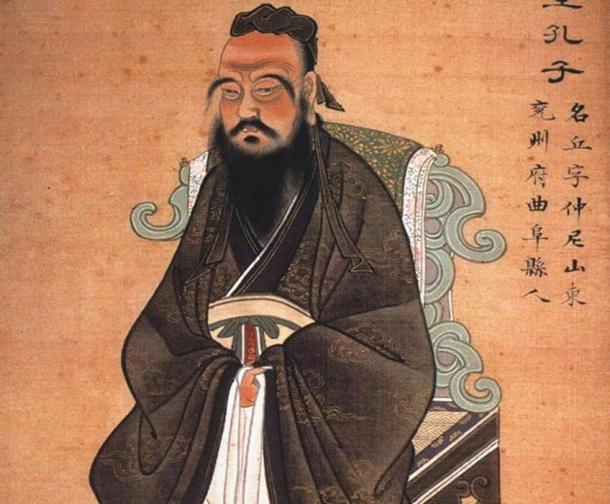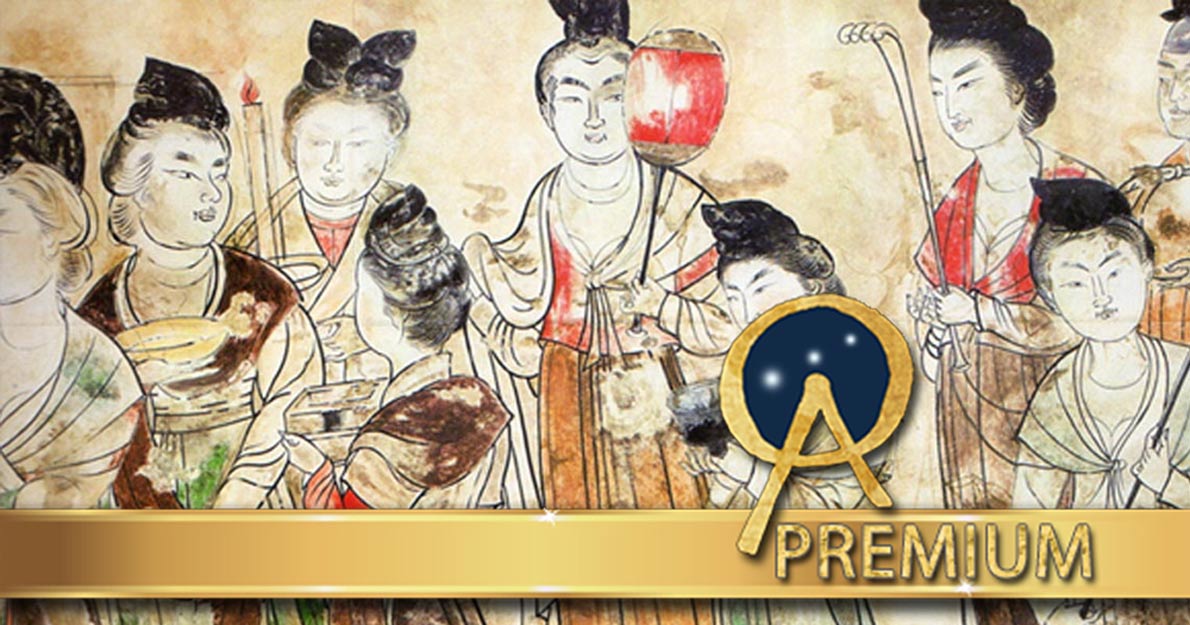The Four Great Beauties, and the Arts of the Courtesans in Ancient China
The Four Great Beauties are four ancient Chinese women renowned for their beauty which they skillfully exercised to influence Chinese history. Although each of the Four Great Beauties frequently appear as the subjects or objects of arts, one seldom learns much of them beyond their names, descriptions of their looks and brief mentions of their skills. This is common in ancient Chinese works related to female performers, or courtesans.

Chinese opera at night in XiTang, ancient city in China. (Flickr/CC BY 2.0)
In their legends, the Four Great Beauties were, in fact, heavily implied as courtesans themselves. Their legends illustrate applications of the early Chinese education utilized and perfected by the ancient courtesans of China, which was then preserved by Confucius as part of his philosophy.

Painting of Confucius. Circa 1770. (Public Domain)
Ancient Performers and Courtesans
Scholar Lin Yutang wrote: “One can never overstate the important roles Chinese prostitutes played in romantic relationships, literature, music, and politics.” The Complete Poetry of the Tang reveals the influence of “prostitutes” on the ancient Chinese culture. The contradiction between the modern and the ancient concepts of prostitution in part comes from the origin of the word itself. The Chinese character frequently translated as prostitute, 妓 (jì), implies “a female performer” or, women who offered the pleasure of their company through music, singing, dancing, and poetry. Although they were called “prostitutes”, they were closer in definition to “courtesans” in the west. However, even the term “courtesan” does not adequately describe the rigorously trained and highly cultivated women who entertained at elegant banquets. Indeed, the word would refer to the “upper and more genteel range” of female entertainers.

Detail, Song Dynasty (960–1279) version of the Night Revels of Han Xizai. The female musicians in the center of the image are playing transverse bamboo flutes and guan. (Public Domain)
There were two classes of courtesans who would be in especially frequent contact with emperors and courtiers. They were the government courtesans (guan ji) and household courtesans (jia ji). Household courtesans were often referred to as “concubine servant” (ji shi) or simply “serving maid” (shi’er) these terms hinted that the woman relationship with the master of the house was more personal than that of mere “entertainer”.
Restrictive Social Codes
In ancient China, it was preferable for noble ladies to not be intelligent or talented to be respectable. A proverb first seen in the Ming Dynasty (1368-1644 CE) book The Elders Thus Say, is quoted describing the ideal woman: “A woman is virtuous as long as she is ignorant.” The ideal Chinese woman was obedient to her husband, dutiful to her children, mindful of her domestic affairs and ignorant on all other matters. The concern to maintain class distinction was also expressed in injunctions that genteel women would not be trained in the entertainment arts, especially in poetry and music.

In the Analects of Confucius, the ancient philosopher’s teachings were recorded. (Public Domain)
As wives and concubines were expected to abide by social codes, the men were in need of intellectual counterparts of the opposite sex. As marriages were matters of social hierarchy, endless scholars and aristocrats had marriages that lacked both the affection and communication that can be found on a deeper level.
Unlike the girls brought up in ordinary families who were deprived of education, courtesans were taught to become not merely entertaining performers, but the mental equals to aristocrats, scholars, government officials, and all manner of high society. The legends of the Four Great Beauties are rife with mentions of their intelligence and performance skills, indicating that they were not noble ladies, nor were they deprived of education in the arts.

Detail; Night Revels of Han Xizai, painting depicting ladies dancing and entertaining guests. (Public Domain)
This is a free preview of an exclusive article from Ancient Origins PREMIUM.
To enjoy the rest of this article please join us there. When you subscribe, you get immediate and full access to all Premium articles, free eBooks, webinars by expert guests, discounts for online stores, and much more!
- The secret life of an ancient concubine
- The Fascinating Life of a Chinese Eunuch in the Forbidden City of China
- Human remains found in Mausoleum of First Emperor of China
Top Image: Court Ladies of the Tang Dynasty 706 CE. (Public Domain)


















